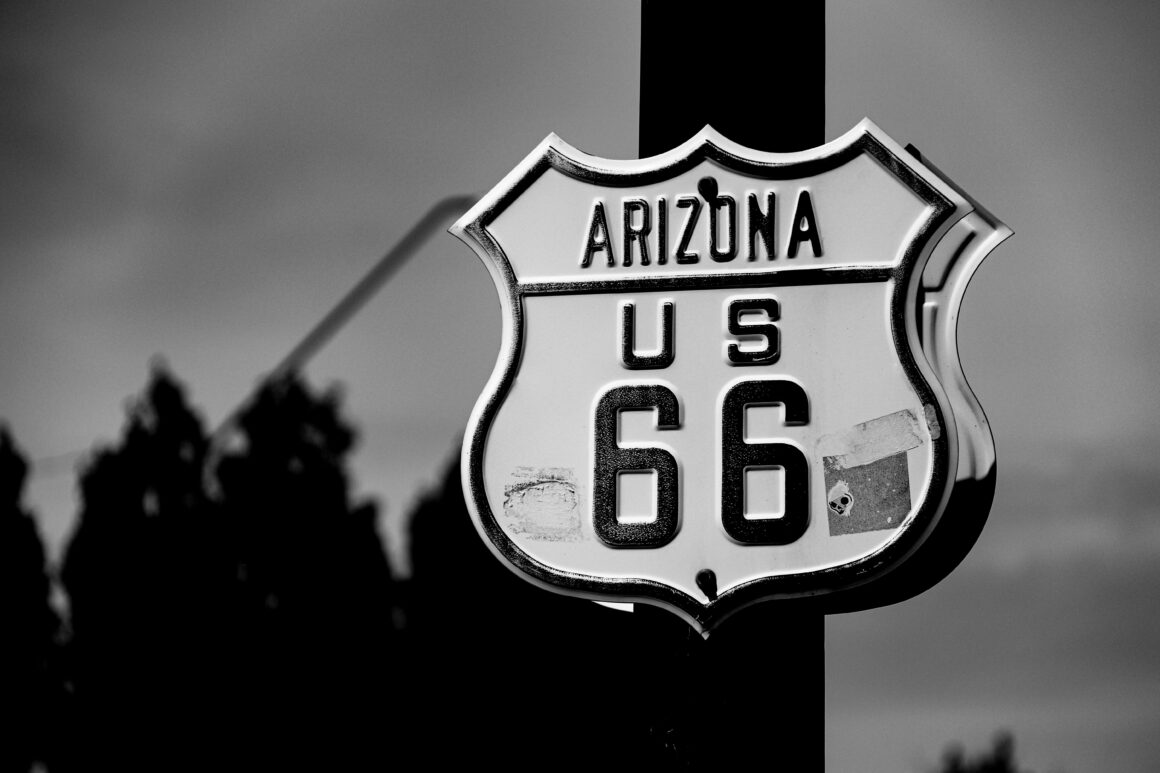What do poutine, pasta, and sushi all have in common? The question sounds like the beginning of a joke — three foods all walk into a bar, and then, what happens?
The answer is more sinister than you may think. An extreme heatwave in Canada last summer caused farmers to abandon thousands of acres of potatoes, a key ingredient of poutine. Durum wheat, which pasta is made of, is grown in southern Italy, where increasing temperatures have led to high drought risk. Sushi rice paddies have begun to suffer from overflooding, leaving farmers unable to plant crops in the area afterward.
Climate change is harming our food. But food can also be the key to alleviating this crisis.
On August 8th, the Intergovernmental Panel on Climate Change (IPCC) released a report documenting the state of the earth’s land. Half a billion people live in areas already turning into a desert; soil is being lost between 10 to 100 times faster than it is forming because of mechanized farming and other practices.
This may seem daunting and incredibly terrifying, but it’s not the time to stare bleakly — there are ways to reduce your carbon footprint and save your sushi, and they all revolve around your diet.

The IPCC report states with high confidence that a balanced diet based on plants and sustainably-produced animal-sourced food, “presents major opportunities for adaptation and mitigation while generating significant co-benefits in terms of human health.” By following this plan, millions of square kilometers of land could be freed and carbon emissions could be reduced by up to 8 billion tons yearly by 2050.
Pete Smith, an environmental science professor from Aberdeen University, emphasizes a key point of the report’s message. “It’s obvious in the West that we’re eating far too much [meat].”
Red meat (mainly cattle) produces 150% more greenhouse gas emissions than chicken or fish. “Beef, for example…” Janet Ranganathan of the World Resources Institute says, “produces 20 times as much greenhouse gas emissions per an ounce of protein as, say, a plant-based protein like beans or lentils.”
You may not be willing to completely substitute your meat for beans, but there’s still a better option than the industrially processed, bright pink meat you may be buying.

There’s a large difference between meat from pasture-raised animals, who eat vegetation, are unconfined, and act naturally, and industrially-produced meat. These animals are kept in “CAFOs”, or concentrated animal feeding operations, are fed grain-based “feed”, and are generally treated inhumanely.
Eating pasture-raised meat instead of industrially-produced meat uses field, livestock, and waste management techniques that reduce the amount of harmful emissions that come from animals. It’s even possible for it to hold a large proportion of carbon produced within the soil, resulting in net negative carbon emissions.
If the meat you’re buying has a label reading “American Grassfed”, “American Welfare Approved”, “PCO Certified 100% Grassfed”, “NOFA-NY 100% Grassfed”, “USDA Organic”, “Certified Humane Raised and Handled”, “American Humane Certified and Pasture Raised”, or “Global Animal Partnership Steps 5 and 5+”, it means the animals were raised humanely.
If it doesn’t have any of these labels, even if it states that the animals were pasture-raised, the claim has not been verified and as such is not meaningful in the slightest.

Generally though, cutting out meat is most definitely the best way to help reduce carbon emissions. Nicoletta Pellegrini, who researches Human Diet and Nutrition at the University of Parma in Italy, summarizes it well: “To reach an environmentally sustainable solution, animal-based foodstuffs should be partially replaced with fruits, vegetables, legumes and cereals, according to nutritional guidelines.”
So, the next time you’re going shopping, take a look around you. Choose beans or nuts instead of beef — do your part to save the world.




